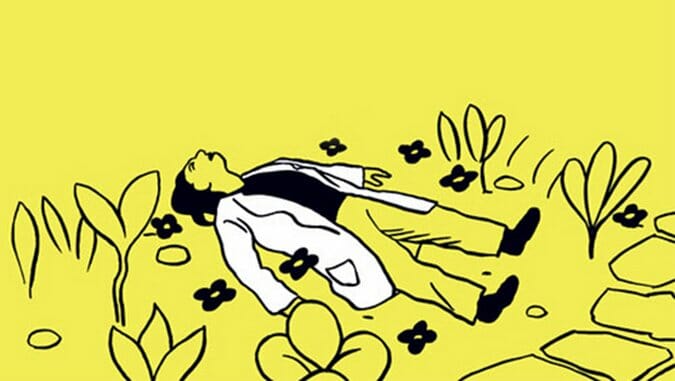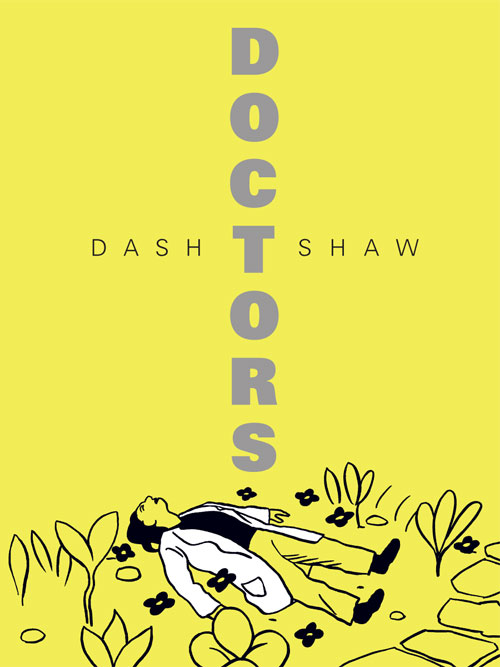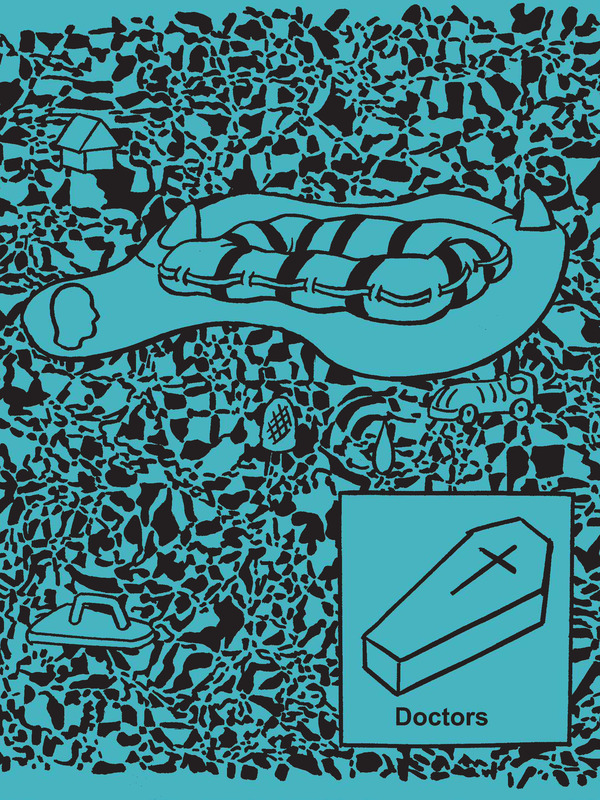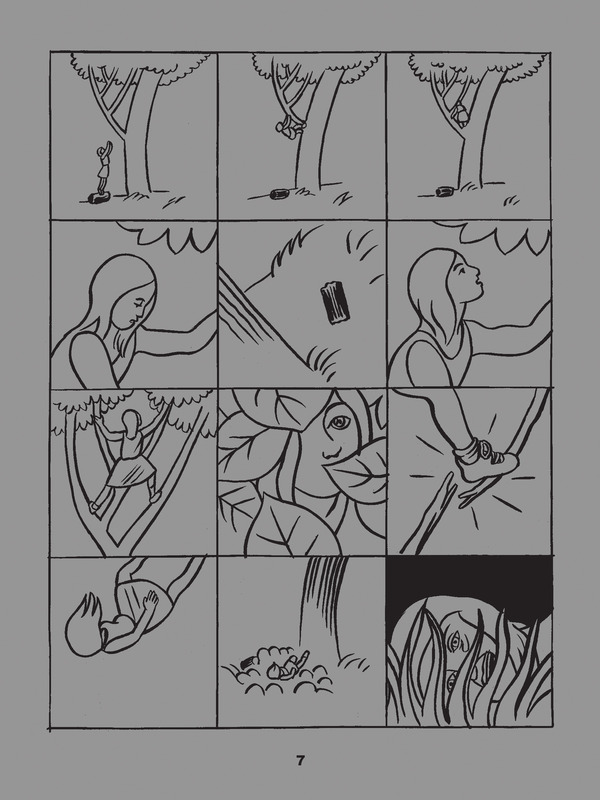
Writer & Artist: Dash Shaw
Publisher: Fantagraphics
Release Date: October 1, 2014
It would be easy to start off this review with the exact same sentence that began the last review I wrote on one of comics’ most unique voices: “Dash Shaw is a relentless experimenter, never content to rely on the processes and approaches that garnered him acclaim the last go-round.” Normally, the impulse to tinker is an aggravating one. Think about your reaction each time your computer prompts you to install a new version of iTunes, or Facebook plays around with the design of its news feed. The same can be true when an artist refuses to settle into a pattern, especially if he or she has had great success with a particular approach. But Shaw’s constant push into new territory is never completely isolating, as his line (wobbly, thick strokes; sad and somewhat primitive eyes) remains constant, as does his intuitive sense to craft interesting, engaging work.
Doctors continues in the sci-fi vein of the author’s previous works New School and BodyWorld, proposing a world where a few scientists have discovered how to revive the deceased temporarily, dragging them from the afterlife they’ve created for themselves and allowing them to settle their estates. But, as usual, Shaw’s latest work isn’t really about the plot, interesting as its developments and ideas are. Much like New School, the graphic novel plays around with color, specifically overlays that often cover an entire page with a single dark hue. Shaw has said that with New School, artist Francis Picabia’s “transparencies” inspired him. This time around, the imagery is more simple (New School also used color photographs as overlays), and perhaps even stranger.

An illustration obscured by a dark purple film may be difficult to read, forcing the reader to slow down and think less about story and more about art, which may be Shaw’s intent. The last few pages of the book feature a different color on each panel, suggesting an aesthetic conclusive, in addition to the one in the plot. Repetitive images and forms (circles, Adidas-like stripes, triangular structures that resemble houses) occur rapid-fire at this point, after echoing more slowly in the background throughout the previous 96 pages. The artist makes a statement, subtly, about the worlds we build for ourselves and the materials from which we construct them, but Shaw is rarely interested in simple answers. He also just wants to throw a bunch of things at the wall and see what sticks.
Shaw also relies on the conventions of melodrama in Doctors, both filmic ones (soap operas, Douglas Sirk, Michael Curtiz’s “women’s pictures”) and comics antecedents (Mary Worth). Close-ups of anxious faces, framed slightly off-center, occupy much of the book, and the sometimes-stilted dialogue builds anxiety and stress nicely. Sometimes Shaw’s eye pushes in so close that you can barely decipher the resulting composition of a face. The hyper-glossy cover, which is just as shiny inside as out, exacerbates an uncomfortable feeling. There’s little restraint here: Shaw’s impulse shies away from the stereotypically “classy,” and instead bangs together two under-respected genres, leads to something strange and wonderful — yet again.
![]()



